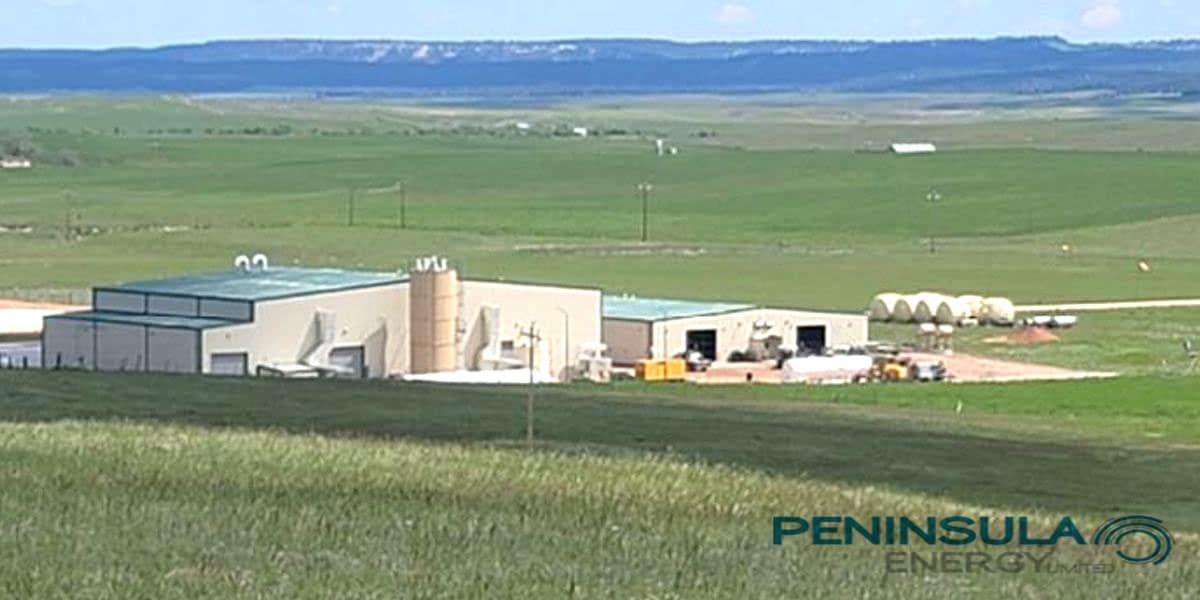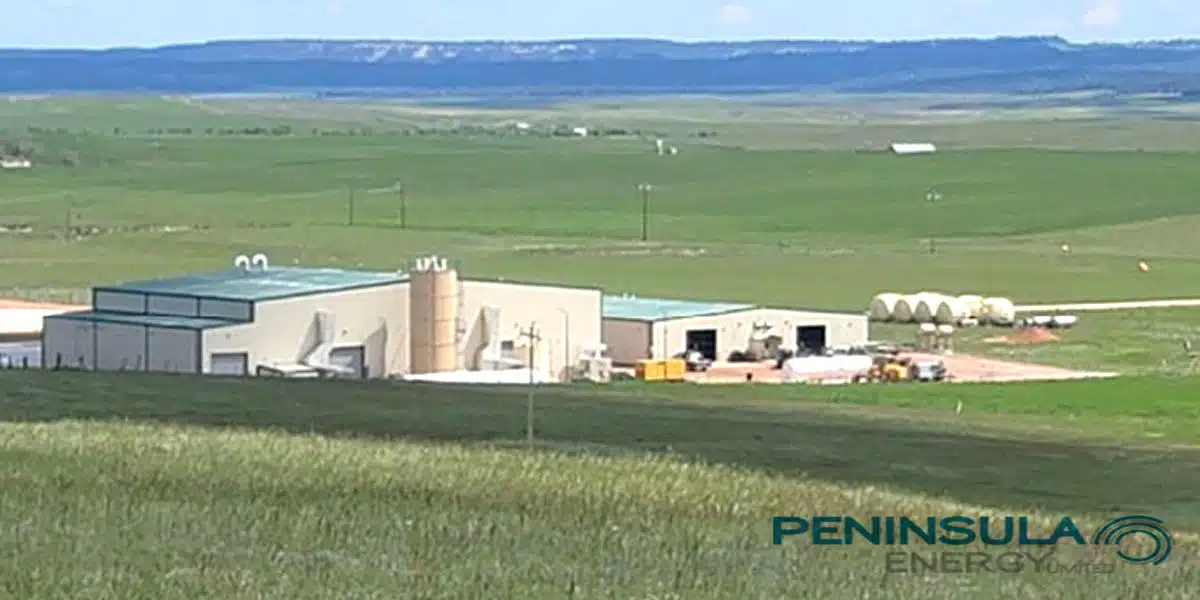A recent definitive feasibility study (DFS) completed in two areas of Peninsula Energy Ltd.’s in-situ leach (ISL) uranium project in Wyoming confirmed that the facility could be expected to produce an approximate total of 14.4 million pounds of uranium over a projected fourteen-year lifetime.
This expected output generates gross revenue of $895 million, as well as a stable production rate of around two million pounds of the material a year beginning in the fourth year of operations.
Likewise, the study also forecasted a pre-tax net present value of around $125 million after a discount of 8%, along with a 43% internal rate of return based on the projected retail price of around $62.38 per pound.
Peninsula’s DFS was based on a resource base of 21.8 million pounds U308 from its Ross Permit Area, as well as its Kendrick production areas. These two locations account for the bulk of the measured and indicated resources for the company’s Lance initiative.
The company’s three projects – Ross, Kendrick, and Barber – in Wyoming host a fully-authorized ISL facility and a resource base of around 53.7 million pounds U308, which is compliant with the Australasian Code for Reporting of Exploration Results, Mineral Resources, and Ore Reserves (also known as the JORC Code.)
However, the study did not include the Barber area with a 31.9 million pound U308 resource base.
A competitive advantage
According to Peninsula’s CEO and Managing Director Wayne Heili, the company has specifically focused on the efficient and methodical use of low-pH ISR on its flagship project. Indeed, this has given the company a leg up against the competition as it is the only uranium company in the United States authorized to use the method in its operations.
Heili added that Peninsula’s goal for this year is to achieve a Final Investment Decision (FID) to restart its uranium operations in Wyoming. In which case, the completion of the DFS enabled the company to assess the initiative’s long-term economic potential.
What exactly is ISL?
Also known as in-situ recovery (ISR) or solution mining, ISL recovers minerals from raw ore by dissolving the material and pumping the resulting solution to the surface. Minerals are then filtered out of the solution.
It’s a process involving minimal surface disturbance and does not generate either tailings or wasted rock. For it to be effective, however, the ore should be permeable to the liquids used in the process and set in a location that minimizes or negates the risk of contaminating groundwater.
Depending on the ore’s geology, the leaching solution may be either acidic or alkaline, though the former recovers a greater amount of uranium at a significantly lower operating cost.







